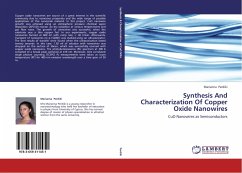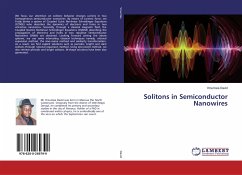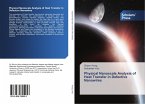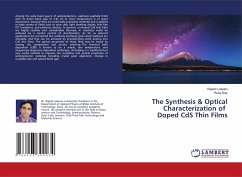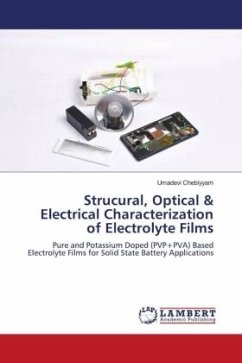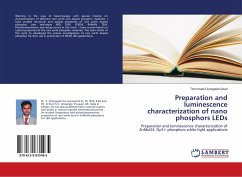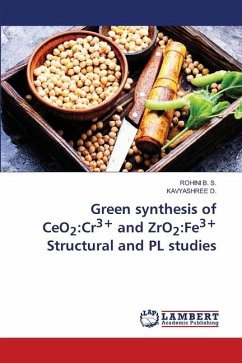Copper oxide nanowires are source of a great interest in the scientific community due to numerous properties and the wide range of possible applications of this nanoscale material. In this project, CuO nanowire growth was achieved using an atmospheric pressure chemical vapor deposition (APCVD) reactor via dry oxidation at various temperatures and gas flow rates. The growth of nanowires was successful, when the substrate was a thin copper foil. In our experiments, copper oxide nanowires formed at 600 oC with ramp rate = 30 C/min. Afterwards, transport of nanowires on p+Si(001) was studied using an ultrasonicator. The best results of transfer were found when the ultrasonication lasted twenty seconds. In this case, 1.82 ml of solution with nanowires was dropped on the surface of silicon, which was successfully covered with copper oxide nanowires. The photoluminescence (PL) spectrum at 300 K consisted of a broad peak centered at 419 nm. Moreover, time correlated single photon counting (TCSPC) PL measurements were taken at room temperature (RT) for 400 nm emission wavelength over a time span of 50 ns.
Bitte wählen Sie Ihr Anliegen aus.
Rechnungen
Retourenschein anfordern
Bestellstatus
Storno

